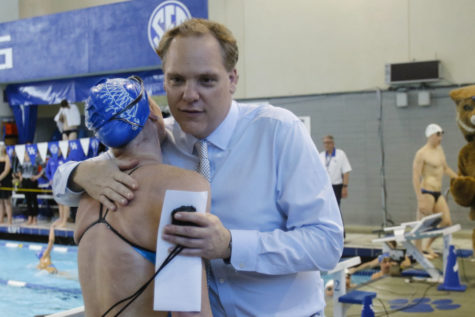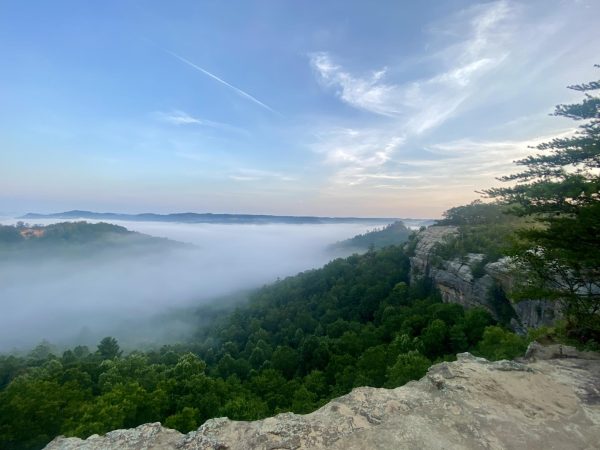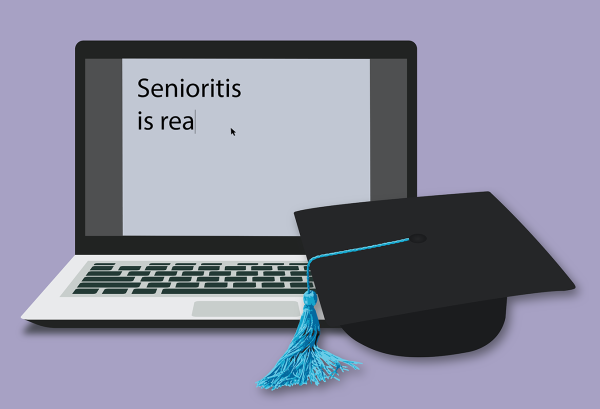Students, staff should be prepared in the event of an active shooter
October 8, 2015
When students and faculty froze or fled in a frenzied panic, Army veteran Chris Mintz charged an armed assailant that had taken over his college campus. For those of us without trained combat experience, the idea probably wouldn’t have come to our mind until it was too late.
Between 1966 and 2012, the US has had five times more assailants who commit mass shootings than the next highest country, and represents 31 percent of the world’s mass shooters, according to the Wall Street Journal.
While mass shootings are a familiar scene on the news, staff and faculty are limited in their ability to respond in an emergency, which is why they should make it a point to educate themselves and their students of the best plan of action in an emergency.
“What we do is we offer either an online training program for students and staff (on) how to respond in an active shooting situation or we’ll come and do a class in person,” said Chief Joe Monroe of the UK police department. “It’s helpful for us on a law enforcement side to make sure that you, as a student or a faculty or staff member, know what we expect you to do to help us out.”
UKPD trains officers to handle active shooter situations by conducting drills and practice scenarios using simunition guns. The class they offer students and staff can help them form a plan of action that could not only save their lives, but could also assist responders in securing the campus.
Chief Monroe said that the emergency response time of his unit is about three minutes, and that they could surround the entire campus, while other officers went to the threat.
“Our number one response in an active shooting situation is to eliminate the threat, to make sure that shooting stops,” said Monroe. “Then our secondary (response) is to secure the scene and begin first aid to any injured folks.”
While understanding emergency responders’ plan in securing campus is important for the students and faculty who could potentially be trapped, it is also important for us to understand our role in securing the campus and best options should we have to face such a threat.
“One is you can run and get away from the situation—if you are able to,” Monroe said. “That’s probably your number one priority. The second priority would be, if you can’t run, to hide and be quiet.”
Monroe emphasized that getting away from the threat and securing your own safety is a student or faculty’s first priority, and that if you can get to a locked, secure place, do not open the door. After responders take care of injured they will facilitate an evacuation from classrooms and residence halls, but until they come Monroe emphasized that anyone on the other side of the door could be the shooter.
Monroe also stressed that students have their ID cards on them at all times to prevent being locked out of buildings. While running and hiding were the primary options Monroe encouraged, a student’s last resort is to act immediately, without pause, as Mintz did.
“The third thing is, if you can’t run and hide, then fight,” said Monroe. “It’s in that order: run, hide, fight. Fight is the last option, basically you’re fighting for your life.”
Monroe’s officers are trained to immediately respond to threats and that when people hesitate they risk an assailant taking control of the situation.
No one wants to be in a combat situation, which is why Monroe stressed that our first and most important defense against mass shooting is early detection, not open carry on campus or stricter gun control as politicians argue. Neither has been proven to be effective in preventing these kinds of shootings. Regardless of the damage assailants have inflicted on the fabric of our country, the public can fight back with proper responses, increased communication and detecting the problems before they make it to campus.






















































































































































